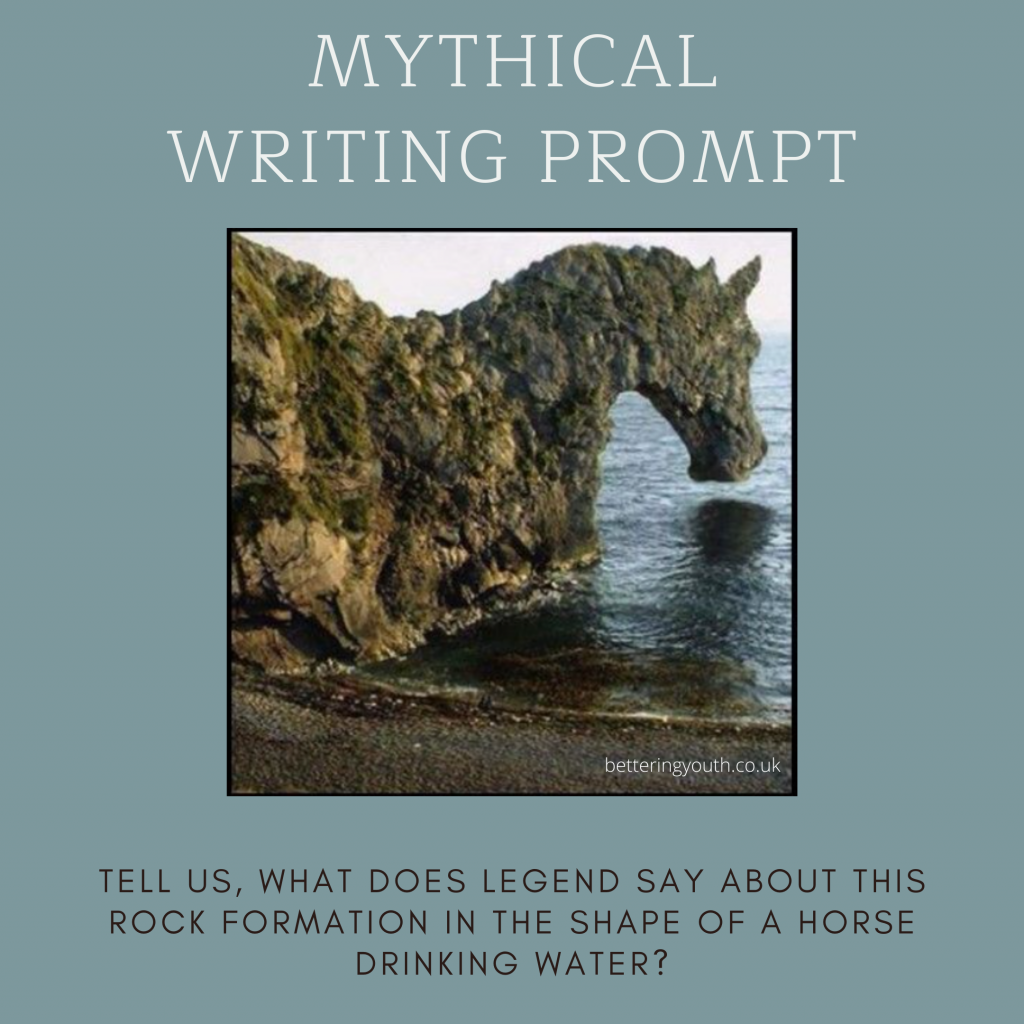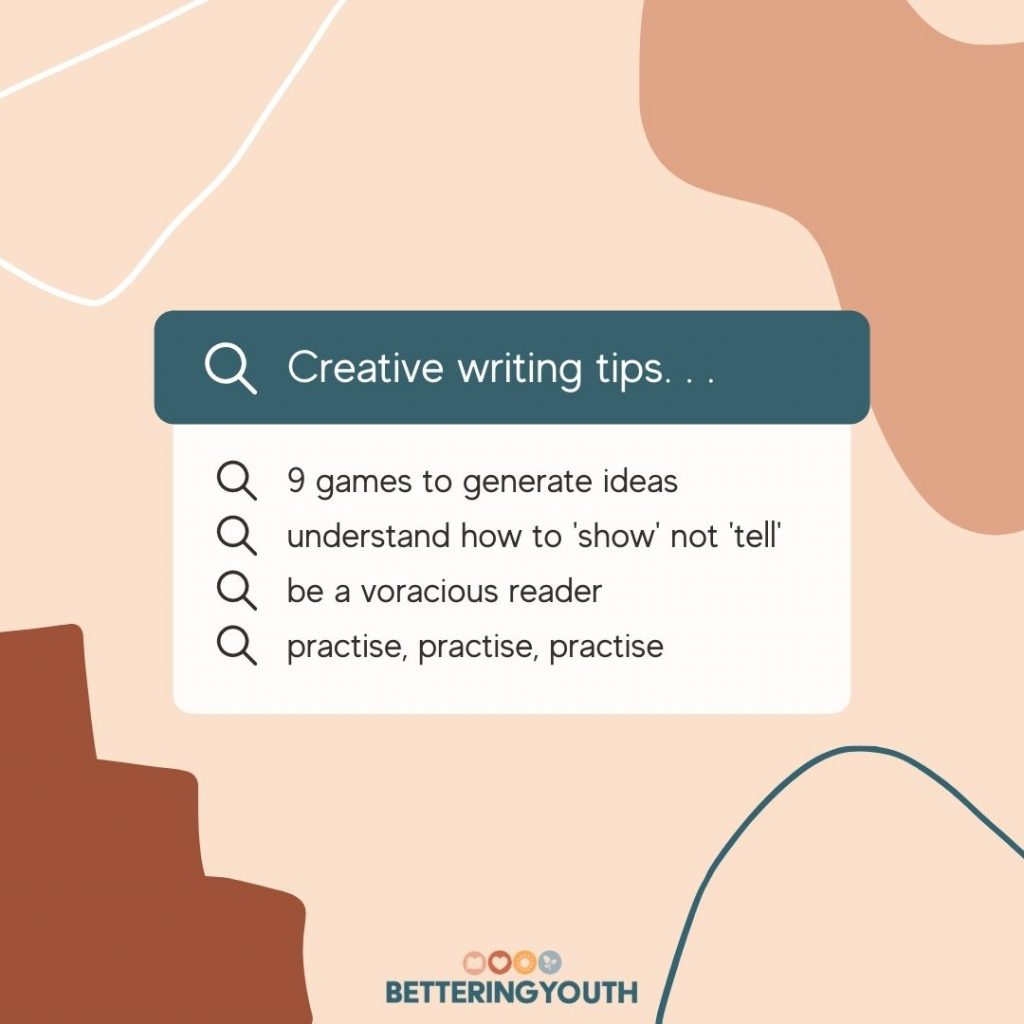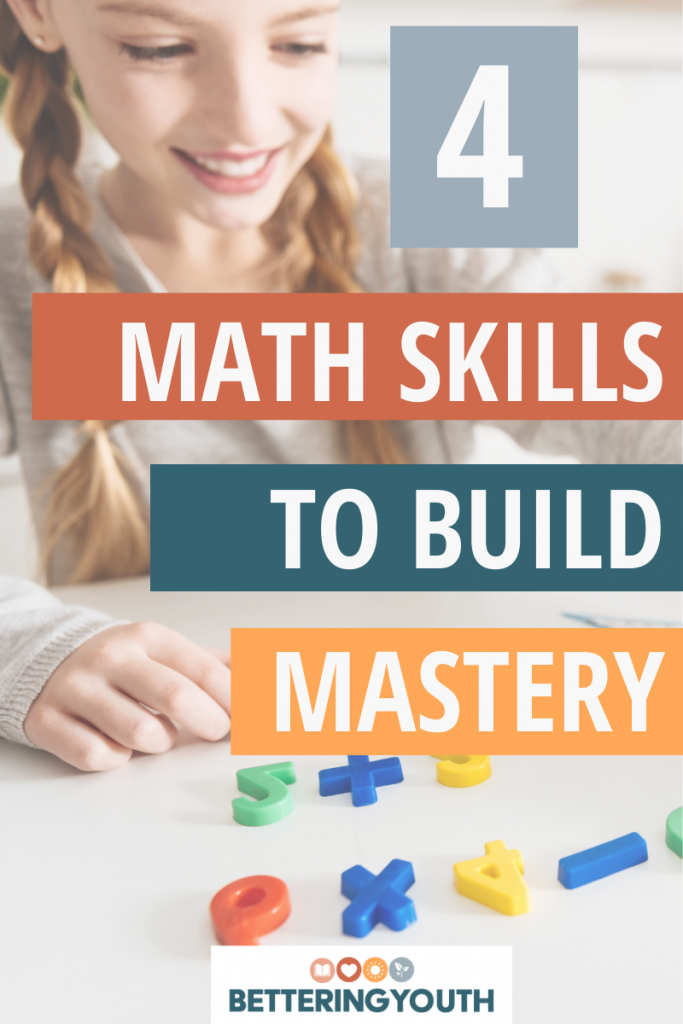Are you looking for ways to help boost your child’s creative writing skills?
Look no further! Our team of experienced english teachers have put together this guide so that you can help your child find their writing voice in a fun and effective manner… with minimal set up or resources!

As it turns out, many parents feel that over the past 18 months of on again-off again schooling, their child’s progress in English, specifically in creative writing and comprehension, isn’t where it should be.
If you’re a parent looking for English tuition, please connect with us here. We’ll be happy to discuss your child’s requirements to ensure we can support them towards their goals.
Top 9 Ways to Boost Creative Writing Skills
Today, I’ll be sharing my top 9 ways to boost creative writing skills in a fun and effective manner.
- What is Creative Writing?
- Why is Creative Writing important?
- How to teach Creative Writing so they enjoy it
- Top 9 ways to boost Creative Writing skills…. in a fun way!
What is Creative Writing
In a nutshell, creative writing is any form of writing that goes beyond the normal academic, professional, technical or journalistic writing. (wiki) Creative writing tends to build out a plot line, include character development and use literary devices to help convey the message.
Why is Creative Writing Important?
As one of the skills often tested in entrance exams, creative writing is a skill that many educational institutions want to prioritise. And with good reason.
Being able to write creatively requires the ability to write from different perspectives. This act alone can be a great way to have students learn and explore empathy.
Writing creatively requires the ability to plan ahead and think about possible problems and solutions.
Creative writing is an outlet for emotions and to explore feelings.
Creative writing can help give voice to those who may have difficulty saying the words.
And if nothing else, creative writing that has been done well allows the reader take a moment away from reality as they get pulled into another world.
If you’re looking for creative writing story prompts, be sure to check these out here:

Creative Writing Prompts
I have curated some of my favourite visual creative writing prompts and shared them here for you to use and download:)
How to Teach Creative Writing so they Enjoy it
Teaching creative writing may take some… well creativity!
When speaking to most of our pupils who receive English tuition, we are told that the two main struggles are:
- Not knowing what to write about
- Writing to ‘show’ not ‘tell’ is difficult
Therefore, the best way to help boost confidence in creative writing is to address each of these concerns from the onset.
- Ensure plenty of time for brainstorming
- Encourage your child to read
- Discuss plot lines and characters from films they have enjoyed
- Practise talking from different perspectives
- Spend time learning about and using various literary devices
- Explore the relationship between a book, a screenplay and the resulting film
- Review various forms of writing
- Practise identifying features of various forms of writing

Creative Writing Games to Generate Ideas:
Roll-a-dice stories:
You will need:
- a die
- a list of ideas for characters, settings and problems

To play:
- Create a chart that has three columns labelled: character, setting, problem.
- Label each row 1-6
- Put some ideas in each of the six rows (six for each column)
- Roll the dice to determine your character.
- Roll the dice to determine your setting.
- and roll the dice to determine the problem.
- Once all the details are there, you can help the child think through various ways the story can go or you can allow them to come up with ideas on independently.
Beach ball stories
You will need:
- Beachball
- Sharpie
- A list of characters, settings, problems

To Play:
- Label the beachball with a mixture of characters, settings and problems.
- Stand at a distance from one another.
- Throw the ball.
- The person catching the ball will have to start the story.
- When the catch the ball, their left hand will determine what they start with.
- Continuing throwing the ball back and forth, adding to the story.
Example:
- Player 1 receives the ball and their left hand is on “castle”
- They will begin to tell a story by focusing on describing the setting of the castle.
- Upon completing their description, they will pass the ball to Player 2.
- Player 2 receives the ball and their left hand is on “astronaut”
- Their job is to continue Player 1’s story line and introduce this new character, the astronaut.
- The story continues.
Predictions from movie trailers
You will need:
- Movie trailers that are age appropriate (preferably that your child has not seen before)

To play:
- Watch the movie trailer once without commenting
- Watch the movie trailer a second time and discuss who they believe the main character to be, the setting to be and the main problem.
- Have them walk through their prediction of a story line.
Predictions from book covers
You will need:
- Images of book covers for books your child has not read before

How to play:
- Have your child notice everything they can see about the text and images used on the cover.
- Have them make predictions about the main characters, the setting and the main problem.
- Encourage them to share a predicted storyline.
Alter the ending stories
You will need:
- A well known story – perhaps a fairytale

How to play:
- Read the story with your child
- Ask them to choose the part of the book where they believe there is a “shift” for the main character
- Encourage them to alter what happens during the shift and tell the story with a new ending.
Example:
- Read Cinderella
- Identify the moment where things shift as the moment Cinderella’s godmother arrives to send her off to the ball.
- Rewrite the story now that Cinderella’s godmother does not arrive.
Each of these skills can be further developed with strong comprehension skills. Be sure to check out our 6 blog series on all things Comprehension, here!
Creative Writing Games to Practise ‘Show’ not ‘Tell’
The skill of ‘showing’, not ‘telling’ is what differentiates a great writer.
This skilled writer will be able to write as if they are the character in the story. It allows us, the reader, to create a powerful ‘mind movie’ that helps us visualise their story.
‘Tell’ example:
It was really hot. Too hot for football, so I decided to go inside and play cards.
‘Show’ example:
The warmth of the sun enveloped me like I was wrapped in a burrito and put into the oven. It felt difficult to breathe. My eyes squinted as I strained to see the ball being kicked towards me by Fred. We both had water droplets beginning to pool on our upper lips. “It’s too hot out here to play football” I barely managed to say as Fred kicked the ball towards me. “let’s go inside and play cards”.
What are they thinking and feeling
You will need:
- A well known movie

How to play:
- Pause a movie at a scene with a lot of action.
- Encourage your child to not only describe what the characters would be saying, but also their demeanour, thoughts and actions.
The 5 senses
What you’ll need:
- Full-scape paper to trace their body on
- Colouring tools

How to play:
- Trace a body on large papers
- Choose an emotion
- Talk about how each emotion is felt and experienced
Switching Tell to Show
What you’ll need:
- Basic descriptions of scenes that ‘tell’.
- Writing material
How to play:
- Highlight the doing words
- Switch some of the doing words into describing sentences
Describe the action
You will need
- A list of actions and statements

To play:
- Pull a paper from the hat and act it out.
- Then have the child describe what they think you felt, and why
- Write all of their answers down.
- Keep practising
Example:
- Walk into a room and shout “I can’t believe it! It’s just not fair!”
- Then ask your child what they think you felt.
- Write down all of the clues they can identify that supports their answer.
- Stormy look on your face, you marched in, you waved your arms, etc.
- This is the process of “showing”
9 Games for Ameliorating Creative Writing
It’s easy to start googling ‘top ways to boost creative writing’ but I urge you to not let that be your only step. Creative writing does not exist in a silo. It is very interdisciplinary and working to ease the two concerns children have can make all the difference.
We hope you use these creative writing activities as a starting point. Share our suggestions with your child, and see which they think are most interesting. Start a dialogue around their own concerns and make a plan together. Perhaps reading more can help – check out our reading suggestions here.
Pin it for others to discover:


Creative Writing Enthusiasts
Our English tutors are passionate about helping your child unlock their own curiosity and courage with words. Check out our Berkshire based tutors and see if we can support your child!
